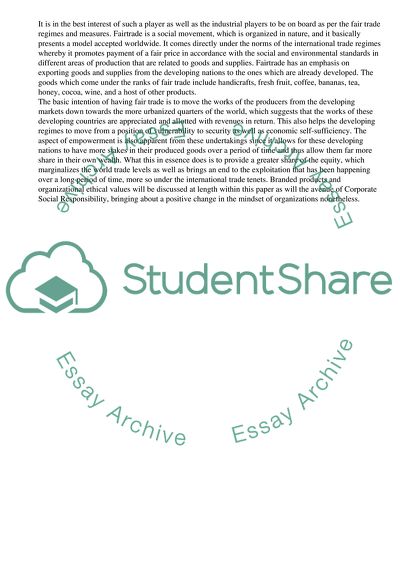Cite this document
(Branded Ethical Products to Increased Social Exclusion Coursework - 1, n.d.)
Branded Ethical Products to Increased Social Exclusion Coursework - 1. https://studentshare.org/business/1712846-business-ethics
Branded Ethical Products to Increased Social Exclusion Coursework - 1. https://studentshare.org/business/1712846-business-ethics
(Branded Ethical Products to Increased Social Exclusion Coursework - 1)
Branded Ethical Products to Increased Social Exclusion Coursework - 1. https://studentshare.org/business/1712846-business-ethics.
Branded Ethical Products to Increased Social Exclusion Coursework - 1. https://studentshare.org/business/1712846-business-ethics.
“Branded Ethical Products to Increased Social Exclusion Coursework - 1”. https://studentshare.org/business/1712846-business-ethics.


